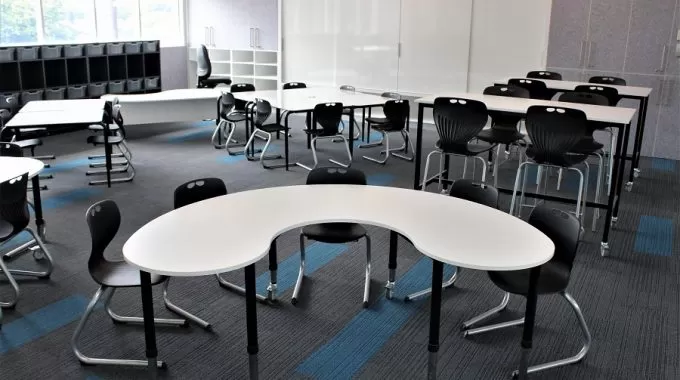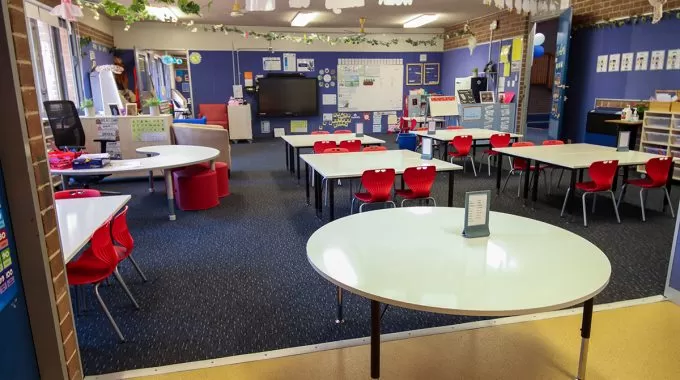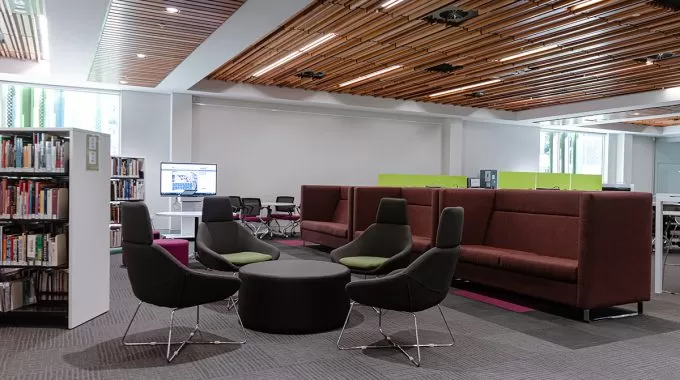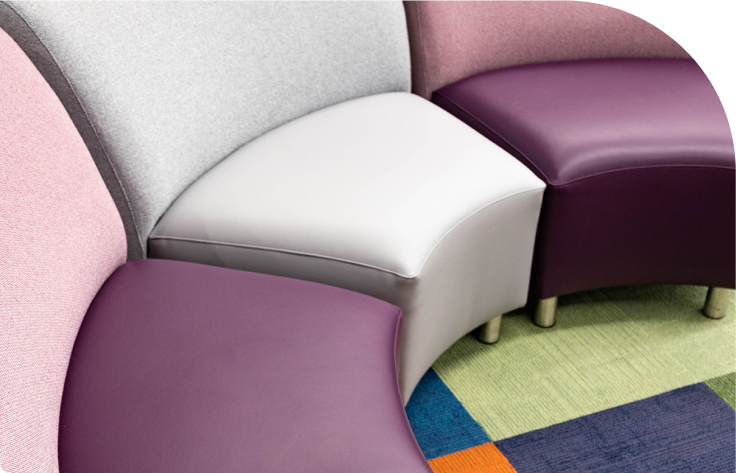Are You Getting the Most Out of Your Classroom Furniture?

Careful decision making with regards to classroom furniture choice and arrangements can have huge benefits to the overall teaching experience. Find out why here.
Many schools and classrooms nowadays don’t look too different to the way they looked a decade or two ago – which doesn’t reflect the reality of the ways the world has changed since then. Students who learn in environments constructed with outdated or underutilised classroom furniture will naturally be hindered from achieving their fullest potential. Whether planning for primary classroom furniture or high school classroom furniture, it is valuable to think deeply and logical about the messages the space communicates to students, and whether certain furniture choices are going to best suit the type of learning environment that the students need.
The overall consideration for all classroom furniture should be durability, longevity and comfort. Students need to feel safe and secure in their seats and they should be kept away from potential injury due to faulty equipment. Everything from unbalanced tables, graffiti, splintered edges or dirty surfaces can pose as a distraction; discomfort easily leads to fidgeting – so school administrators should choose sturdy equipment which is designed to last. For primary classroom furniture, the age and height of students should be taken into consideration so that they can sit comfortably.
Modern classrooms should also assess whether their furniture choices enable collaborative and STEM based learning to prepare students for the required skills of the future. When building an environment conducive to STEM, educators should consider flexibility, shared spaces and multipurpose equipment. Tables and chairs which have wheels or are not too heavy to move around, and multiple focal points in the room to look at digital whiteboards or projectors, can help students better attune to a more social, technology driven learning.
For primary classroom furniture, educators should ensure that their space is welcoming and communicates many different types of learning. It can be useful to partition areas of the classroom for different types of activities – such as creative, physical and cognitive – so that students are in the right mindset to learn. Good classroom furniture choices can establish powerful routines at this age level, and once students feel comfortable to explore and grow in their classroom, their learning will become much more rapid and lasting.
High school classroom furniture tends to be functional, since some spaces may need to be used for different subject disciplines and learning activities. That being said, a greater shift towards creative skills, STEM and project-based learning in secondary schooling should certainly be reflected in the arrangement of high school classroom furniture. Classrooms should not connote rigid, teacher-led instruction, but instead offer opportunities for students to form groups, discuss, collaborate and share knowledge as needed. It is up to school administrators to recognise the types of competencies required from teenage learners, and ensure the classroom furniture is conducive to these types of learning.
[zohoForms src=https://forms.zohopublic.com/abaxkingfisher/form/BlogpostContactForm/formperma/mGOjr7yuy1IZ4yq9x6d9Fx6PYvFfs1XN4AHb-vugL8Y width=100% height=900px/]———————————–











